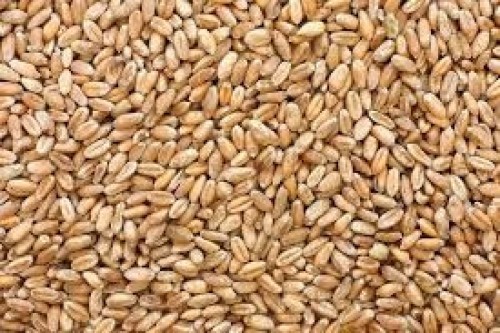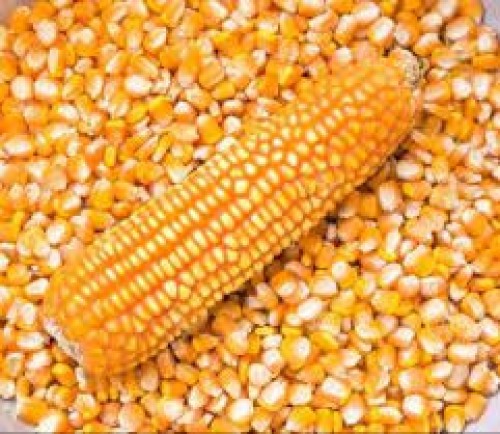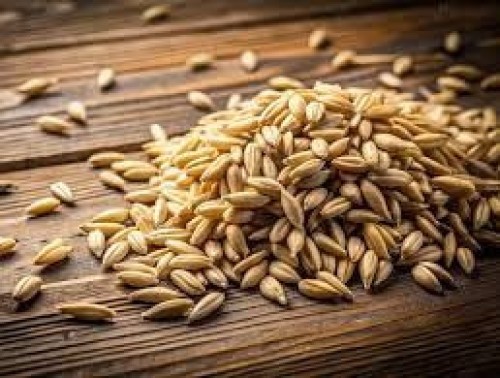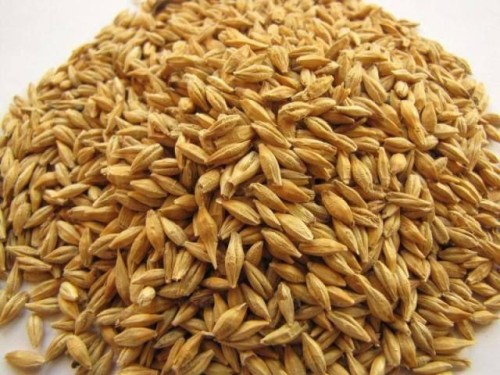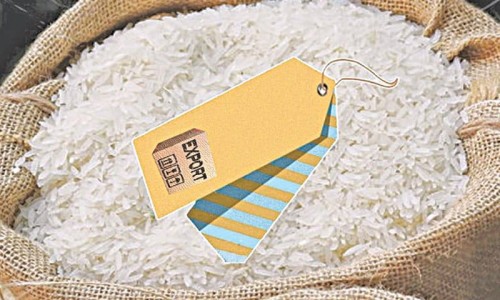
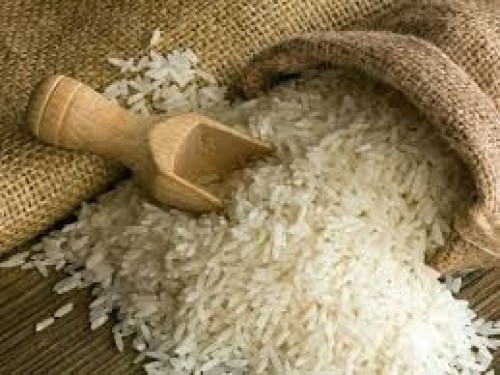
Product Description:
Rice is a versatile cereal grain from the grass family, cultivated globally for its edible seeds, which are a staple food for over half the worlds population. As a primary source of carbohydrates, rice comes in various types like white and brown, with different grains (short, medium, and long) and distinct textures and flavors, making it a foundation for dishes worldwide, from soups and curries to desserts and rice pudding.
Botanical Nature: Rice is the seed of a grass species, primarily Oryza sativa (Asian rice), but also Oryza glaberrima (African rice).
Nutritional Profile: It is rich in carbohydrates, particularly starch, with smaller amounts of protein and virtually no fat or sugar.
Culinary Use: Rice is boiled or ground into flour and serves as a fundamental component in countless global cuisines, from Indian dal and Thai curries to Spanish paella and Italian risotto.
Key Characteristics & Types
Grain Size: Rice is classified by grain length, including short, medium, and long grains.
Texture & Flavor: Different types of rice have unique textures (e.g., sticky jasmine, creamy arborio) and flavors (e.g., nutty basmati).
Varieties: Popular types include:
Basmati Rice: A long-grain, aromatic rice often used in Indian and Asian dishes.
Arborio Rice: A short-grain Italian rice known for its creamy texture, ideal for risotto.
Jasmine Rice: A fragrant, soft, and slightly sticky rice from Thailand.
Brown Rice: A whole-grain rice with a bran layer that provides more health benefits than white rice.




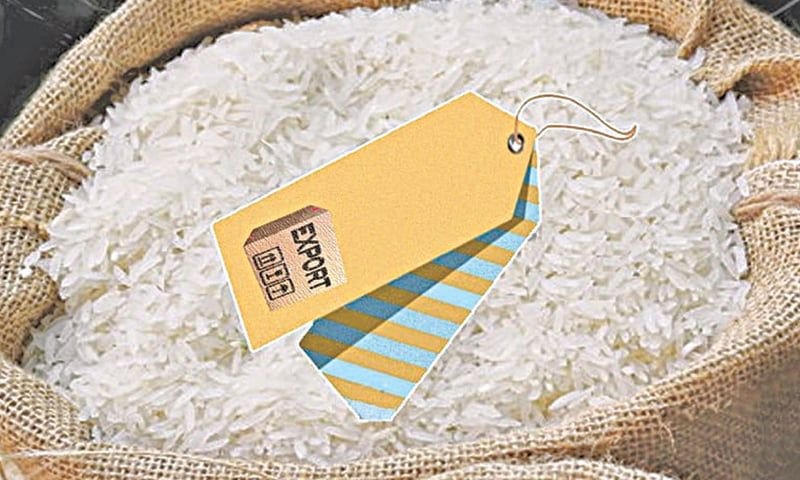



 409
409